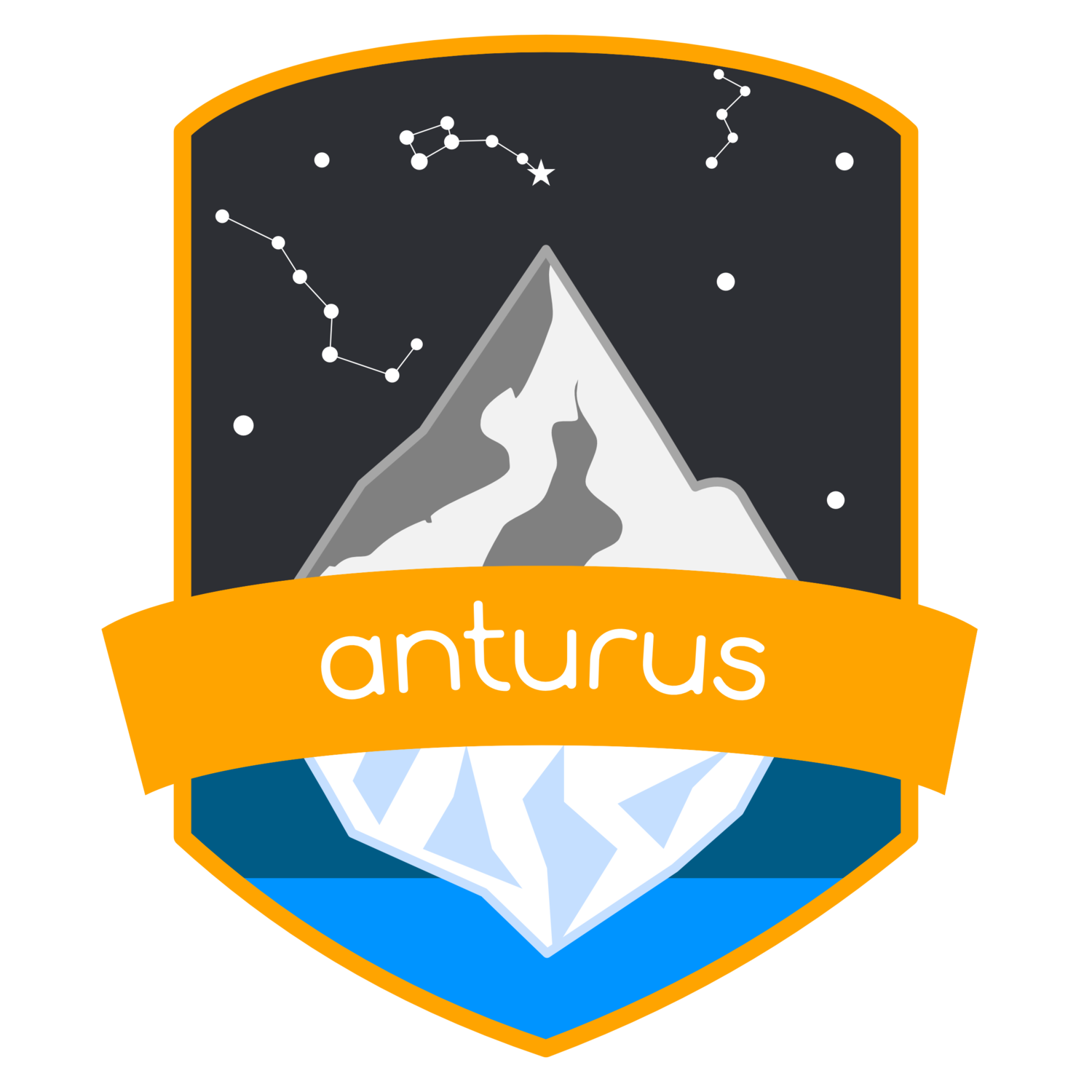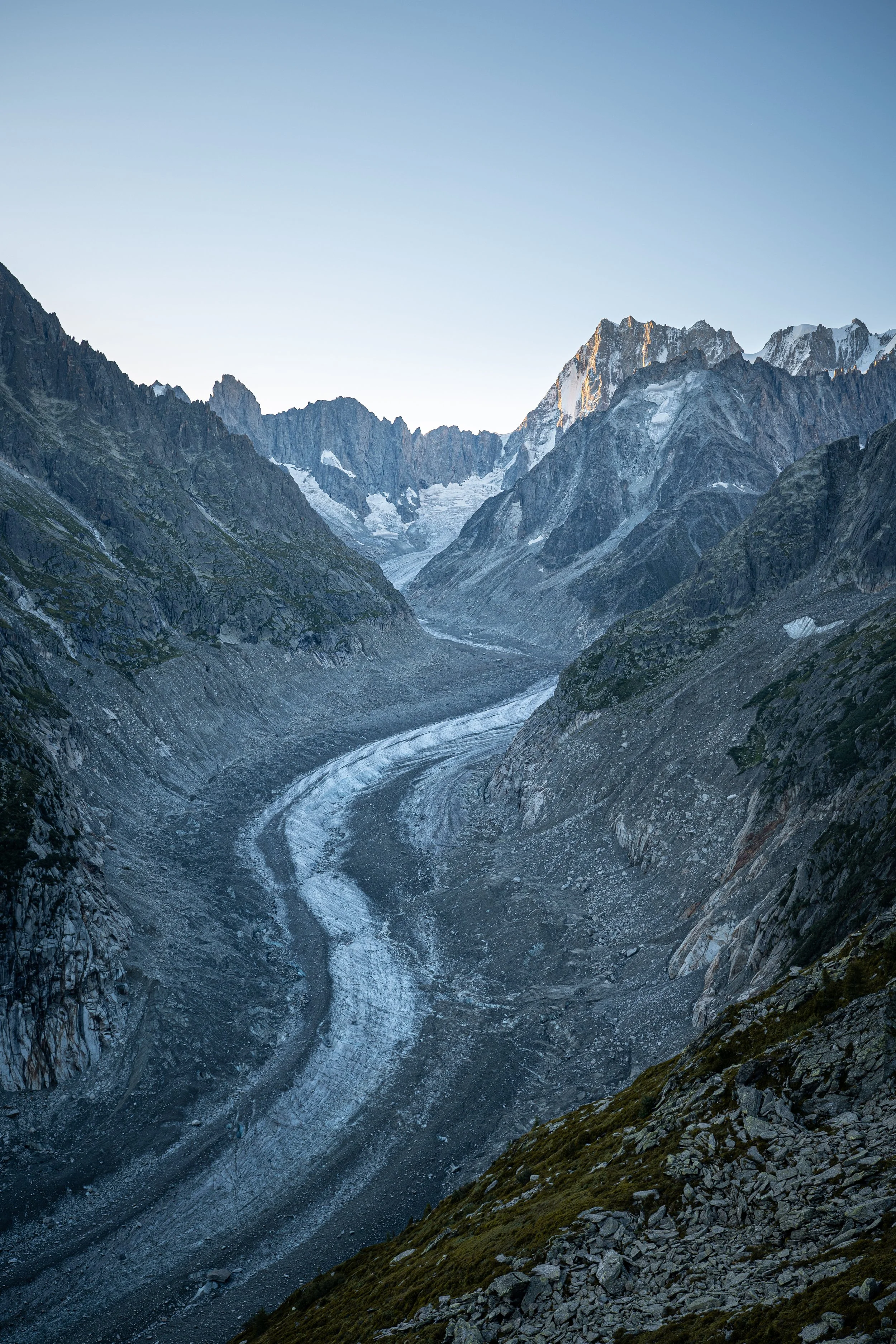
FREEZING TIME
The European Glaciers are disappearing and will largely be gone by the end of the century. This is a multi year project to photograph all of the glaciers in the European Alps from the skies to make a photo ark of the glaciers before they are gone.
Photography.
Glaciers in the Alps are disappearing at an astounding rate. Recent studies have found we could lose over 80% of them by the year 2100.
The race is on to build an archive of every glacier we still have before they disappear.
The European Alps are warming faster than their surroundings. Now up past 2 degrees of warming since pre-industrial times.
This project would spend time over multiple summers to photograph these glaciers from the sky. Working with a skilled pilot, we would photograph each of them in turn.
Film (20m).
We hope to learn a lot from this project. And a journey where the audience learns alongside the protagonist of the film is inherently entertaining.
We hope that there will be unforeseen outcomes of this project in a good way. We look to involve climate scientists and glaciologists who would be able to give their insight on film to educate and inform.
We would look to put this film out on one channel and share among all our sponsors for this project as well as enter it to film festivals.
Schools.
At Anturus we truly believe in education as our primary goal in anything we do. To that end we hope to create a school programme to run alongside the Science and the Film.
This education project would encourage teachers to run projects with their students based around glacial mechanics and the societal impacts of water towers, like the Mt Blanc Massif becoming unstable.
This project would allow classes and students to develop their own experiments, come to their own conclusions and possibly create a network of schools that create good citizen science for us to see.
The Photography.
METHOD: This project will photograph all of the glaciers in the Alps. There is no global standard for what makes a glacier. So we will categorise them as permanent ice mass within the summer months. Therefore all our photography will take place in the summer between the months of July and August. This means we can clearly all ice masses without the snowfall accumulated over the winter season. To make sure we photograph the entirety of the glaciers we will photograph from a small aircraft. Because of the location of some of the glaciers and rules and regulations around drones, this project will need to be done from an aircraft. The pilot will need special mountain training to be able to fly in mountain regions and we will need to use a 4 seater plane for pilot, photographer and film crew.
TIMELINE: We would look to complete this study over the summer months. July and August. This gives us enough time wait for good weather windows and make sure it’s safe to fly around the mountain areas. Because of the scope of this project it will need to be conducted over multiple summers.
DELIVERABLES: We would look to create an online archive of all the photos of the glaciers in one single location. We would also deliver a 20 minute film of the first summer of photography. With further investment we could deliver multiple films about this project. We would also deliver a gallery for live events, possibly at the Royal Geographical Society and a coffee table book.
Film.
DURATION: 20 Minutes
FILM TEAM: Anturus
LOCATIONS: French Alps, Chamonix
OUTPUT: A short film about the intent of the project and the birth. We follow the team in setting up the project, mapping out the glaciers and outlining the full scope of the project. The story then turns to the journey to Chamonix and the prep for the team and the pilot. Finally we show the first flight and end on one iconic image that sets up the project and the future of the archive and photography.
SHOWN: We would look to enter this to a number of outdoor film festivals to create an awareness. Depending on the outcomes of the photography and science, getting them shown at outdoor festivals would give people the information they need.
3D MODELS
Using drones we can model and collect data from our vanishing glaciers. We can effectively trap them in time and even create interactive ways of exploring them with high fidelity. We can also extrapolate volume and distances from these models without the need to go on to the glacier itself.
Team.
Huw James
Huw James is a Welsh Scientist, Adventurer and Film Maker. He is a Fellow of the Royal Geographical and Royal Astronomical Societies.
Huw has been delivering live science shows for over 10 years. His audiences are over 600,000 people on 6 continents and over 2 million on TV and YouTube. His background in Astronomy and Geology has pushed him to explore the world on a variety of expeditions all for science.
Tamara Leitan
Tamara is a First Officer at Draken Europe with a strong passion for aviation. She owns a delightful open cockpit EAA Biplane and aims to become a display pilot alongside her career in the future.
Previous to her career in aviation she was very interested in astronomy having obtained a degree in the subject and continues to take an active interest in keeping up with topics within the field.
Joby Newson
Joby has been a filmmaker for well over 10 years. He works on big budget productions with a full crew but also operates by himself to create single shooter films too.
Joby can direct, produce, film and edit. On this shoot he would film with a second camera person to capture all of the shots he would need.
Joby is well versed in shooting in remote environments, unexpected scenarios and working under pressure.
Mini Pilot Project.
This is a proof of concept pilot project that uses external contractors for the airborne sections.
Pre Production.
The logistics of a mini pilot project will be a lot less. Our photographers will still need to map out the glaciers and work with a team of helicopter pilots in Chamonix to see what can be achieved.
On the Ground.
The shoot will be 1 week long in Chamonix, Mt Blanc. This will be easiest for the mini pilot project as proof of concept. We plan to photograph 4 glaciers over 2 days within that 1 week timeframe. We also plan to film/photograph mountaineers on the glacier itself.
In the Air.
For the mini pilot project we plan to use existing tourist helicopters to photograph accessible glaciers. This would be booked in as usual with their flights, or we could work with them to create something more bespoke.
Post Production.
We would have to start building a website and produce the photos that go along with it. Including adding stories and interviews with athletes who’ve spent time on the ground.
Mini Pilot Project Budget: On Request
(split across our collaborators)
Full Pilot Project Budget.
This is for a pilot project with a view of getting everyone up to working speed.
Pre Production.
There will be a lot of logistics and training needed to set up this pilot project. Our pilot will need to learn to fly safely around the mountains. Our photographers will have to plan which glaciers can be accessed and archived in a short space of time.
On the Ground.
The shoot will be 2 weeks long in Chamonix, Mt Blanc. This will be easiest for the pilot project as proof of concept. We plan to photograph 20 glaciers over 6 days within that 2 week timeframe.
In the Air.
This is where the costs come in. We have a great pilot on our team, but runway and fuel costs are where the majority of the budget will get spent. We need to make each flight count from a cost AND carbon perspective.
Post Production.
We would have to start building a website and produce the photos that go along with it. Including adding stories and interviews with athletes who’ve spent time on the ground.
Full Pilot Project Budget: On Request
(split across our collaborators)









